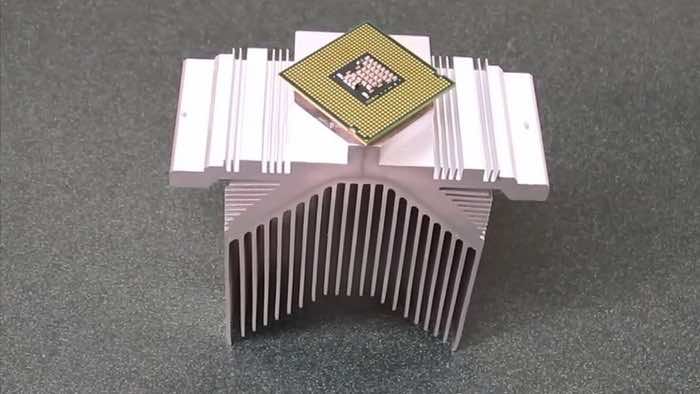In hardware engineering, when you want to join two metal parts to each other, you either have to solder them or weld them into place. Both processes require the application of heat and may damage the delicate electronics and or cause explosion in gas pipes so it is always a risky thing to do and it is advised that you don’t overuse them under any circumstances. However, with the new mesoglue that sets at room temperature, you can join either of them extremely well with no heat involved.
The researchers at the North Eastern University of Boston had been digging for an alternative to these basic joining strategies for some time. It is made up of minute nanorods that have a metallic core. Some of them are covered with Indium while others with Gallium. Gallium and Indium melt at just above room temperature and can come back to solid form after they have been applied. But how do the rods join with each other?
First, both the joining surfaces are treated with these small rod-material. A layer of Indium-coated rods is applied on one surface, and a layer of Gallium coated rods is applied on the other. In both cases, the rods are microscopically found to be rising from the surface, like bristles of a hair brush. When you join the two surfaces together, the bristles push past each other and get stuck together. This interlacing process as it is called is relatively similar to a glueing process. The rods are well-placed to be able to slip past each other, but when Indium and Gallium come in contact with each other, they form a liquid, and the metal rod cores of the glue react with this liquid to form a cohesive solid that solidifies in no time. It has the same bond strength of a traditional weld or solder. Also, unlike other kinds of quick-setting glue, the mesoglue is thermally and electrically conductive and thus can be used for joining electronic components. They are also leak-proof and require little pressure to be formed.
The new glue has potential applications in the electronics industry according to Professor Hancheng Huan, the lead researcher. It is a heat conductor so it can replace thermal grease as well. Solar cells, pipe fittings and motherboards are one of the main pieces of hardware where it can be used. It is under commercial development by a company created with the same name. They are attempting to convert the process into an entirely liquid based operation so that it can be used just as glue or epoxy and solidify with ease. The findings of the research were also published in the Journal of Advanced Materials and processes.

